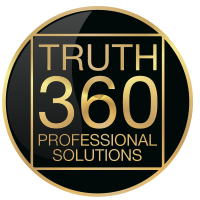Hyaluronic acid has been around as a skincare ingredient for a long time. Doctor’s and clever skincare professionals have been using it for decades. But recently, a flood of HA-containing product has entered into the marketplace and targeting non-professional consumers.
From a chemical perspective, Hyaluronic Acid is a long chain structure (think Tinkertoys) with lots of little spaces in it. Imagine it as a long chain of boxes. These boxes represent opening for pieces of water (i.e. water molecules) to fill in turning it into a high capacity water trapping sponge; 1 teaspoon of hyaluronic acid can absorb significant hydration, a teaspoon of the powder can hold a gallon of H20.
Scientists use the term “hygroscopic” to refer to this property and this ability to interact with water is what gives hyaluronic acid its stupendously important qualities.
For one thing, hyaluronic acid is electrically active, it’s a transducing agent. That means it can transduce or convert one type of energy into another. There are lots of examples of biological transduction. Typically they involve converting mechanical pressure to electricity in the bone as resistance is applied and an electrical current is generated. On the outside coating of cells likewise as the membrane is deformed, the cholesterol and fats that compose it will emit an electrical charge. The collagen in connective tissue generates an electrical charge as it contracts and expands and likewise hyaluronic acid responds to pressure by generating an electrical charge.
The best way to make sure you’re making enough hyaluronic acid is to eat its precursors from fruits and vegetables. Cartilage-containing products are helpful too. Stimulating hyaluronic acid by exercise is helpful. In the world of micronutrients, Vitamin C and is involved in hyaluronic acid production and essential fatty acids play an important role too. On the skin, exfoliation is a well-known way to activate HA production. That means thicker plumper and softer skin.

